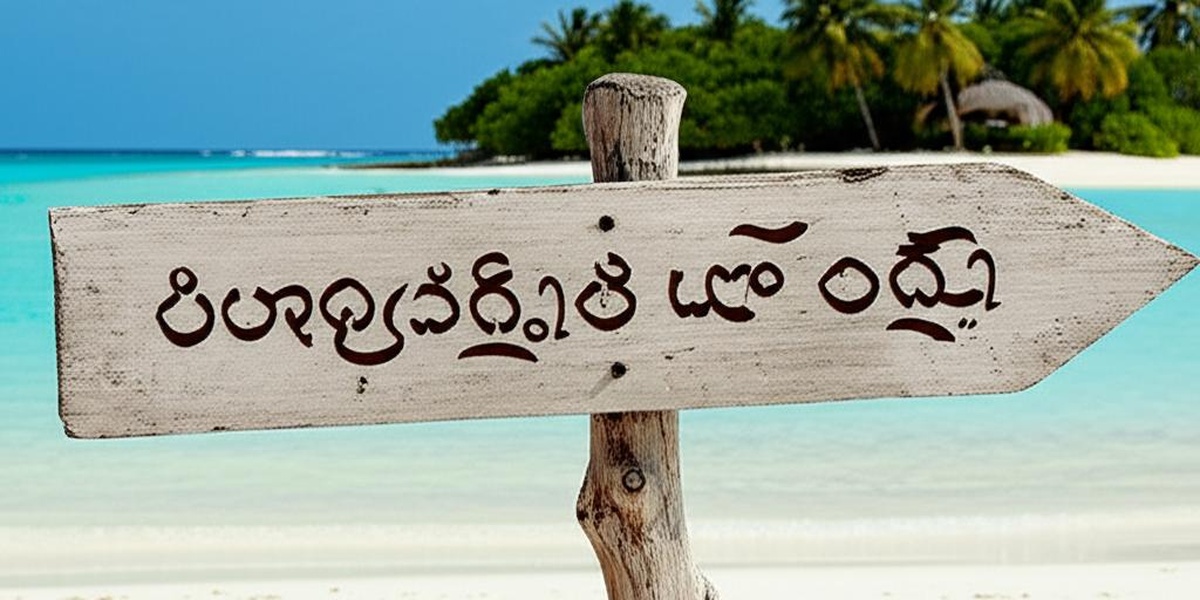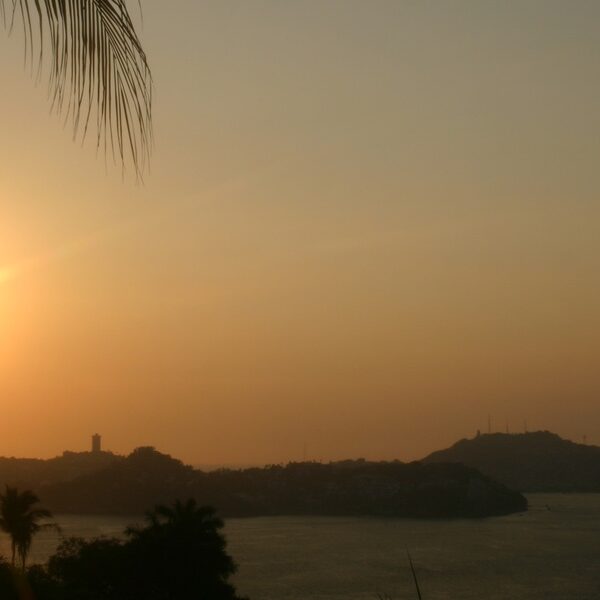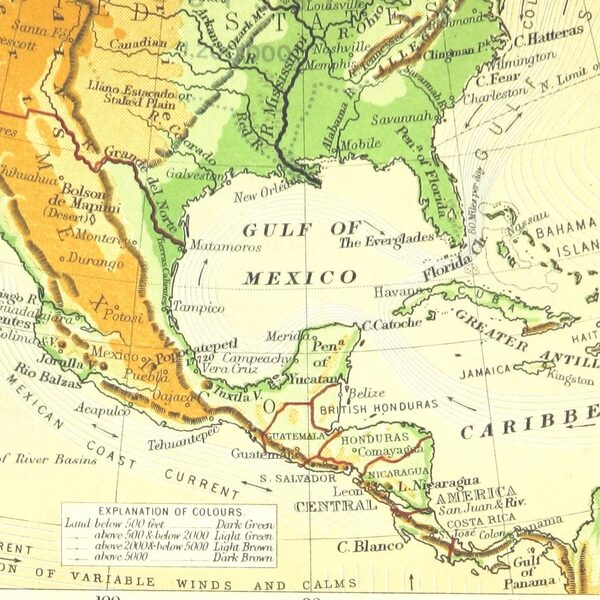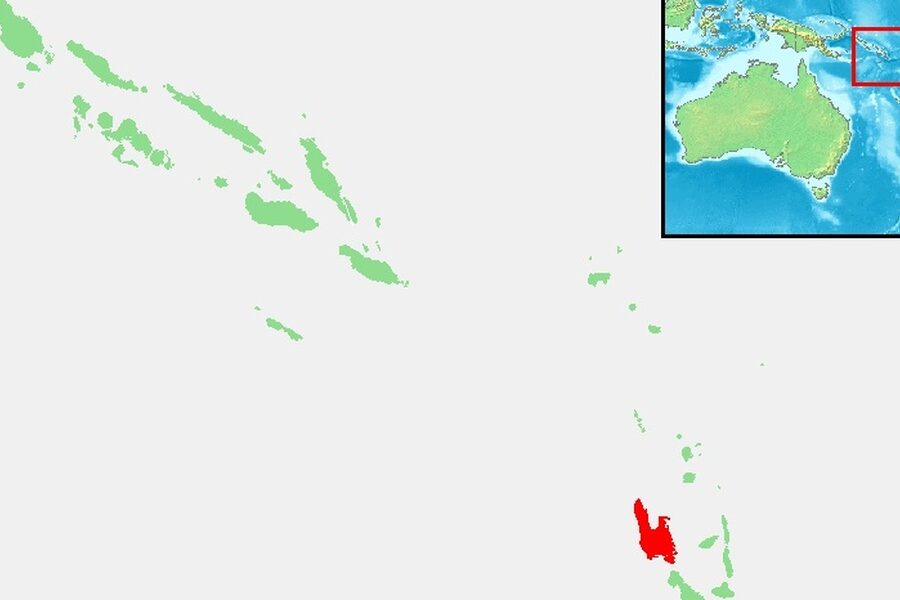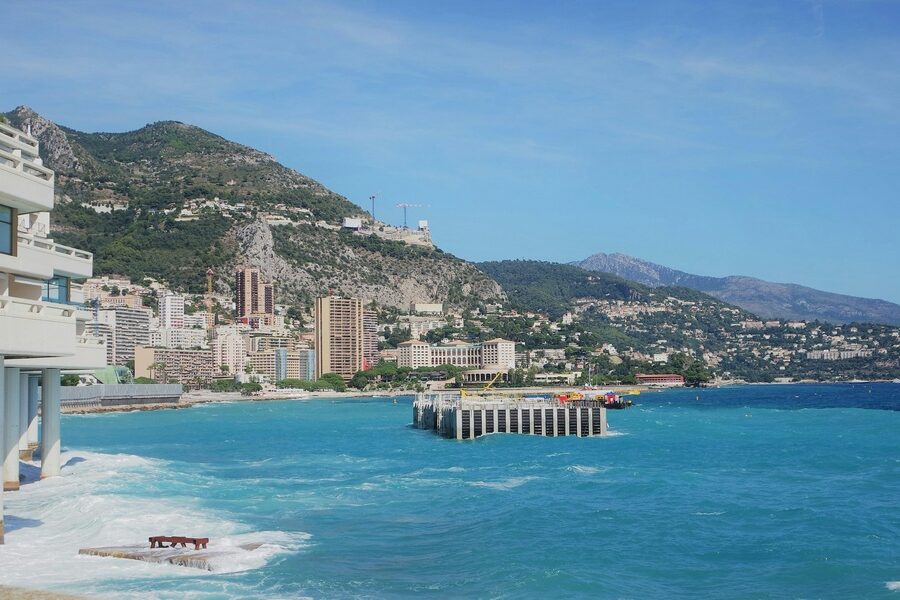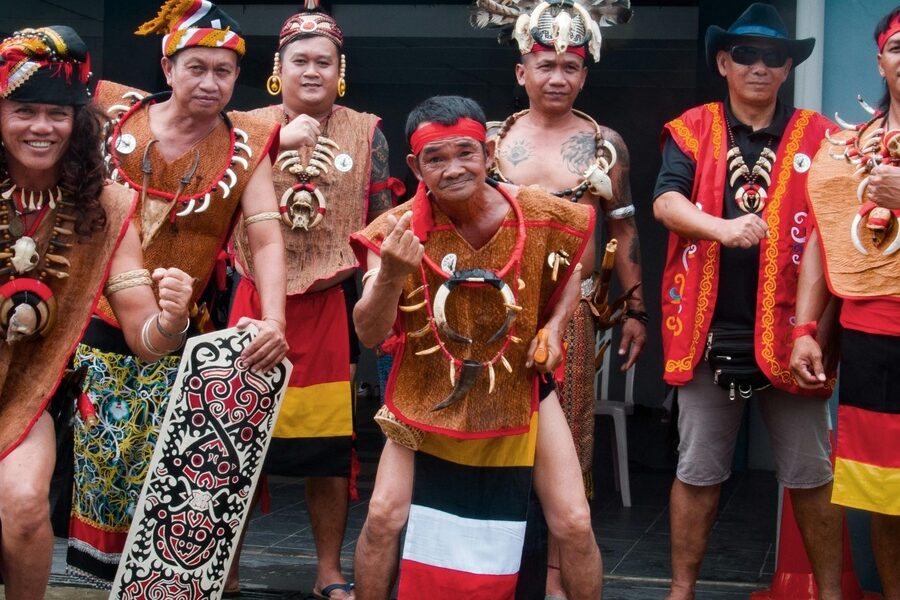The Maldives, a scattered jewel box of islands in the Indian Ocean, is globally celebrated for its breathtaking natural beauty, from pristine white-sand beaches to crystal-clear turquoise lagoons. Yet, beneath this idyllic surface lies a rich cultural tapestry, deeply woven with its unique history and distinct identity, reflected most profoundly in its linguistic heritage.
Delving into this heritage, you’ll discover that there is exactly one Indigenous Languages in Maldives. This singular language, Dhivehi, serves as the vibrant voice of the nation, embodying centuries of tradition and resilience. Below, you’ll find a comprehensive overview of Dhivehi, with details meticulously organized by its Script, Speaker Count (thousands), and Cultural Significance.
What is the origin and significance of Dhivehi in the Maldives?
Dhivehi is an Indo-Aryan language, believed to have descended from the Maharashtri Prakrit of ancient India. Over centuries, it has absorbed influences from Arabic, English, French, and other languages due to trade and historical interactions, yet it retains its unique character, including its own distinct script, Thaana. As the official language and the mother tongue of virtually all Maldivians, Dhivehi is central to national identity, crucial for preserving cultural narratives, traditional arts, and historical records.
Indigenous Languages in Maldives
| Language Name | Script | Speaker Count (thousands) | Cultural Significance |
|---|---|---|---|
| Dhivehi | Thaana (right-to-left) | 340 | National language; central to Maldivian identity, literature, and oral tradition. |
Images and Descriptions
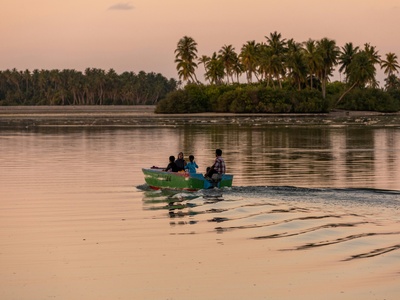
Dhivehi
Dhivehi is an Indo-Aryan Insular language spoken across the Maldives. Written in the distinctive right-to-left Thaana script, it blends Old Indo-Aryan grammar with Arabic and Persian vocabulary and anchors local history, poetry, and community life.

